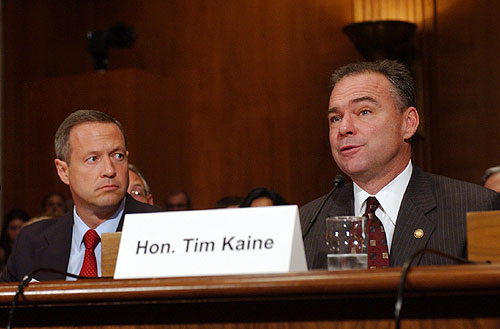
"Sure, I love you, baby! Like I love Fresca!"
-- Actor Troy McClure on The Simpsons trying to explain to his fiance that he's not heterosexual
Along much the same lines, President Bush today tried to convince all of us that he cares about global warming ... just not in that way:
President Bush assured the rest of the world today that he takes climate change seriously and vowed that the United States "will do its part" in crafting "a new international approach" to reduce the greenhouse gases that are warming the planet. However, he proposed no new initiatives to do so.President Bush's refusal to embrace mandatory caps on greenhouse gas emissions has left him so far behind the debate on this issue, you can't even say he's siding with big business against environmentalists. That's because dozens of big businesses are endorsing mandatory cuts.
Addressing a Washington conference of major economic powers, Bush said "the moment is now" to find a broad consensus on how to confront the challenge of climate change. "I want to get the job done," he told hundreds of envoys, lobbyists and activists. "We have identified a problem; let's go solve it together."
His much-anticipated address, though, was more a defense of his own record on the issue than a concrete roadmap for future action. Bush said he wants to reach agreement with other heads of state by next summer on a long-term goal for reducing emissions, an accord that would allow different nations to decide how to meet targets. He touted technology as the ultimate solution, ignoring calls for mandatory limits on emissions.
The U.S. Climate Action Partnership includes Alcoa, DuPont, General Electric, General Motors, PepsiCo, and even oil companies like ConocoPhillips and Shell. President Bush's refusal to embrace mandatory cuts in the face of overwhelming scientific evidence and growing corporate support is simply inexplicable.














